One of the common problems in some industries is the presence of suspended particles in the fluid, hence for industries that deal with fluids, the presence of these abrasive particles is problematic. In general, the problems that solid particles present in the water of industrial plants cause include erosion and serious damage to the pump, clogging of pipes, serious damage to the plumbing system, etc.; therefore, the presence of these solid particles in installations and devices that directly require water causes heavy damage to them. Hydrocyclone is one of the simple and effective equipment and tools used to remove suspended and solid particles present in water. This device is used as one of the most popular pre-treatment methods due to its ease of use and high accuracy. Hydrocyclone has a special place in water treatment and supply systems due to its high efficiency in removing particles, ease of installation and operation, and reasonable price. Another advantage of it is that it does not require electricity or electrical devices, and with its low pressure drop and easy operation, it can be used to remove and separate solid particles from the return water flow of industrial units and factories.
In general, the advantages of using a hydrocyclone are as follows:
- No need for electrical energy
- Low pressure drop
- Low operating and maintenance cost of hydrocyclone
- High ability to remove solid particles
- Easy installation
- Agricultural water purification with hydrocyclone
Another application of hydrocyclone is to purify agricultural water. Since wells contain a large amount of grains and solids, and these solids can clog water pipes and sprinkler nozzles in fields, it is essential to use hydrocyclone to protect agricultural pumps. Therefore, a hydrocyclone tank should be placed on the well to separate the particles. In order to prevent farmers’ water supply systems from facing problems, it is better to use two hydrocyclones in parallel. Therefore, hydrocyclone can be used on all wells and does not lead to a large pressure drop. Also, because wells in the north of the country have high water turbidity, hydrocyclone is the best method to remove their turbidity. In general, hydrocyclones have a wide design and application range, and according to the conditions, they can be placed in parallel or in series with each other to achieve optimal separation.
How the hydrocyclone works
The hydrocyclone has a conical body that is cylindrical in shape at the top. The way the device works is based on centrifugal force. Water, with pressure created by a pump, enters the upper cylindrical part through a side channel and rotates around the central cylinder of the hydrocyclone. Through centrifugal force, heavy particles move towards the wall of the hydrocyclone and due to the difference in density between the particles and water, clean water is removed from the upper part by rotation and particles and grains can be extracted from the lower part. It is better to wash the hydrocyclone several times to improve the maintenance conditions depending on the amount of particles in the water. In this way, open the gravel tank at the end of the hydrocyclone and empty it, connect the hydrocyclone tank to the incoming water and wash the entire tank.
A typical hydrocyclone consists of a cylindrical chamber connected to a conical body that leads to the lower valve at the top of the cone. This part drains the underflow. The reverse flow is directed by a tube centered at the top of the chamber; it is called the “vortex finder” and discharges through the “overflow”. The terms “down” and “up” are used in this context only to simplify the description. The hydrocyclone can operate inverted or with an inclined or horizontal axis.
The terms “down” and “up” are used in this context only to simplify the description. The hydrocyclone can operate inverted or with an inclined or horizontal axis.
The presence of both downward and upward flows means that there is zero vertical velocity at one location. At the same time, both flows have a tangential velocity; which decreases with increasing radius in the outer ring and decreases with decreasing radius in the inner ring.
The velocities can be represented by an equation. urn = constant where n=-1 in the inner ring and can have values between +0.5 and +0.8 in the outer ring (see vortex flow).
This means that the outer fluid approaches a free vortex and experiences shear while the inner fluid behaves like a solid body and rotates with constant angular velocity. The tangential velocity at the tip is not necessarily zero at the position of vertical velocity.
These patterns and relationships were developed experimentally by Colsall (1952) and Bradley (1965) and have recently been validated using computational fluid dynamics.
Given this complexity, many manufacturers have developed correlations to increase separation efficiency and pressure drop in hydrocyclones. Reviews have been published by Bradley (1965) and Sarovsky (1984).
The centrifugal force generated is capable of separating suspended particles with a diameter of about 5 to 10 microns. The smaller the diameter of the cyclone, the higher the force and the greater the efficiency of separation of small particles. There are also long cone designs that claim to have good efficiency for particles smaller than 5 microns. However, a small diameter has a low fluid capacity and in most cases, such hydrocyclones must be multi-passed and connected in parallel to find industrial use. Hydrocyclones were originally used in the mineral processing industry for solid-liquid separation, i.e., dewatering of solid suspended particles in a water stream. However, the separation mechanism depends on the difference in the specific gravity of the particles and the liquid medium, as well as the size of the particles. (See Stokes’ Law)
A typical hydrocyclone consists of a cylindrical chamber connected to a conical body that leads to the lower valve at the top of the cone. This part drains the underflow. The reverse flow is directed by a tube centered at the top of the chamber; it is called the “vortex finder” and discharges through the “overflow”. The terms “down” and “up” are used in this context only to simplify the description. The hydrocyclone can operate inverted or with an inclined or horizontal axis.
The terms “down” and “up” are used in this context only to simplify the description. The hydrocyclone can operate inverted or with an inclined or horizontal axis.
The presence of both downward and upward flows means that there is zero vertical velocity at one location. At the same time, both flows have a tangential velocity; which decreases with increasing radius in the outer ring and decreases with decreasing radius in the inner ring.
The velocities can be represented by an equation. urn = constant where n=-1 in the inner ring and can have values between +0.5 and +0.8 in the outer ring (see vortex flow).
This means that the outer fluid approaches a free vortex and experiences shear while the inner fluid behaves like a solid body and rotates with constant angular velocity. The tangential velocity at the tip is not necessarily zero at the position of vertical velocity.
These patterns and relationships were developed experimentally by Colsall (1952) and Bradley (1965) and have recently been validated using computational fluid dynamics.
Given this complexity, many manufacturers have developed correlations to increase separation efficiency and pressure drop in hydrocyclones. Reviews have been published by Bradley (1965) and Sarovsky (1984).
The centrifugal force generated is capable of separating suspended particles with a diameter of about 5 to 10 microns. The smaller the diameter of the cyclone, the higher the force and the greater the efficiency of separation of small particles. There are also long cone designs that claim to have good efficiency for particles smaller than 5 microns. However, a small diameter has a low fluid capacity and in most cases, such hydrocyclones must be multi-passed and connected in parallel to find industrial use. Hydrocyclones were originally used in the mineral processing industry for solid-liquid separation, i.e., dewatering of solid suspended particles in a water stream. However, the separation mechanism depends on the difference in the specific gravity of the particles and the liquid medium, as well as the size of the particles. (See Stokes’ Law)
Uses and efficiency of hydrocyclone in settling solid particles
As mentioned, a hydrocyclone separates abrasive particles and sand from well and river water. In the most optimal case, it can remove and settle particles up to 75 microns in size. Also, a hydrocyclone does not affect the reduction of water salinity. In general, a hydrocyclone can be used for pre-treatment of water for reverse osmosis, agricultural well water treatment, sand and gravel factories, starch and flour production factories, and tile and ceramic factories.



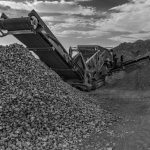


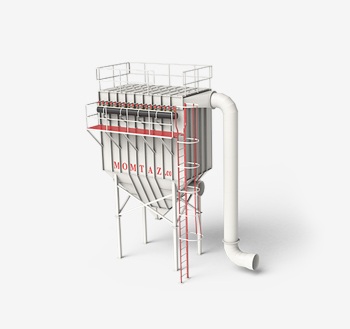
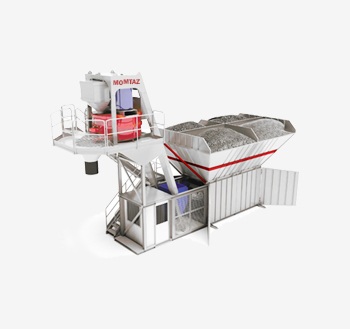
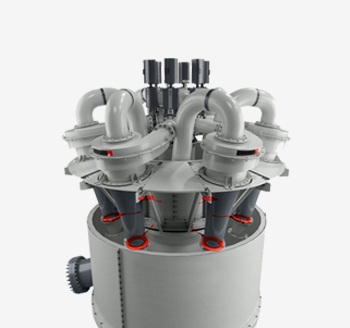
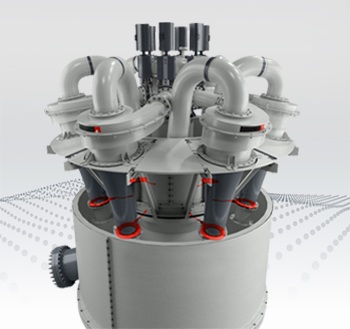
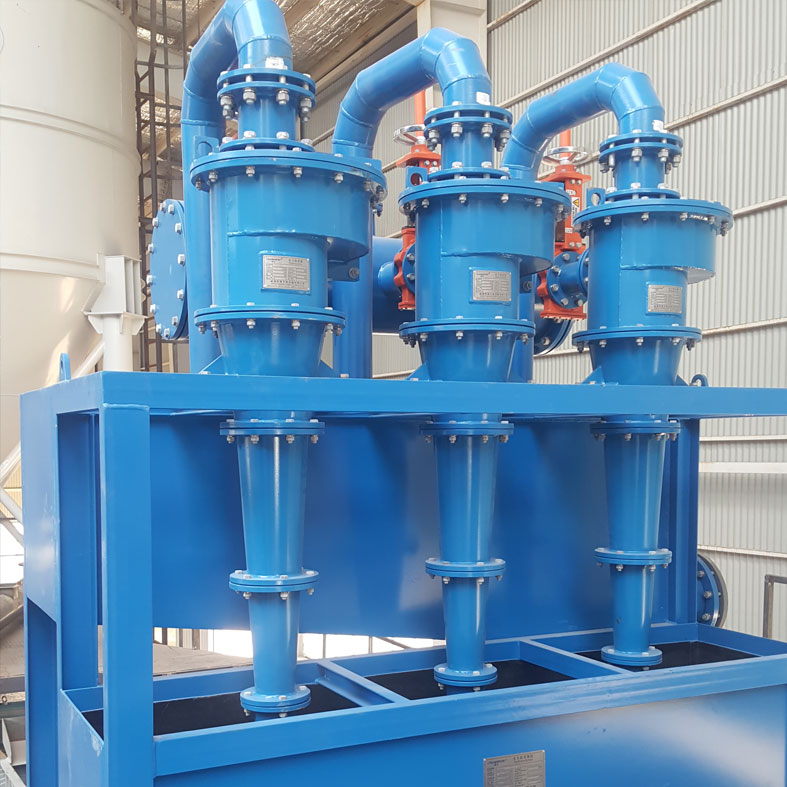
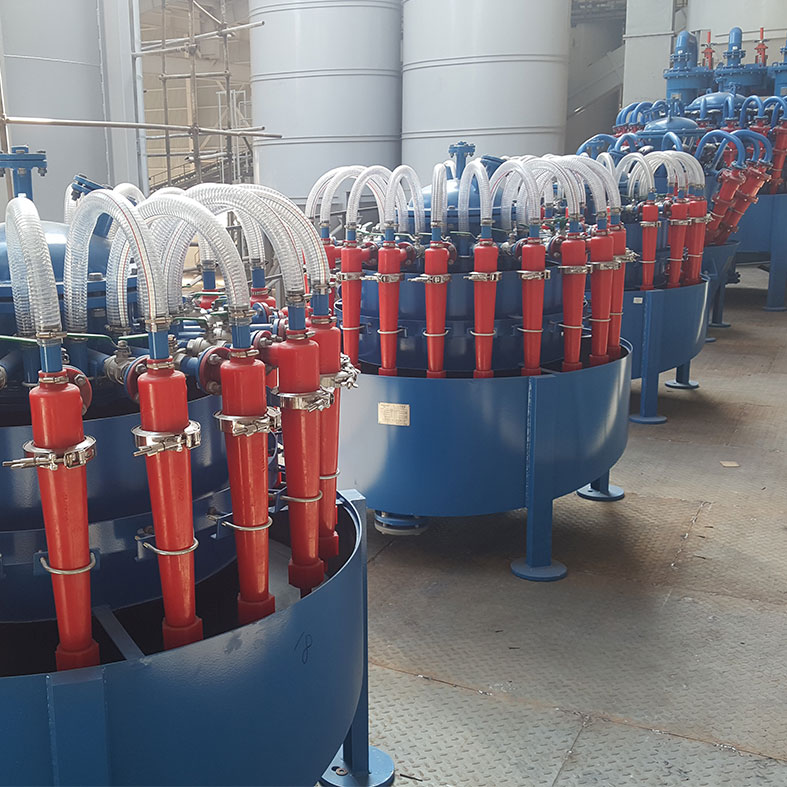
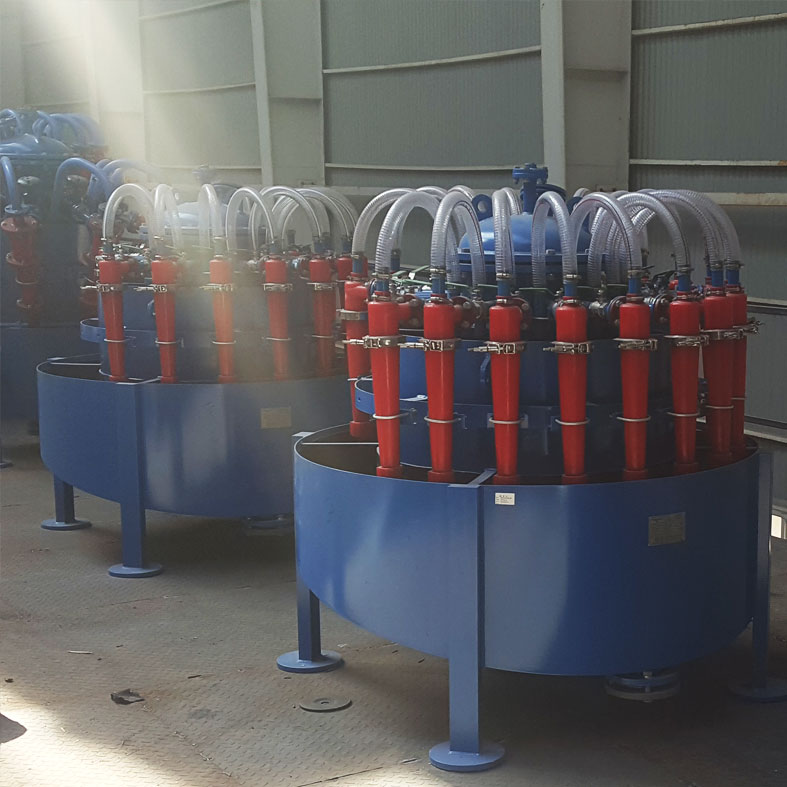
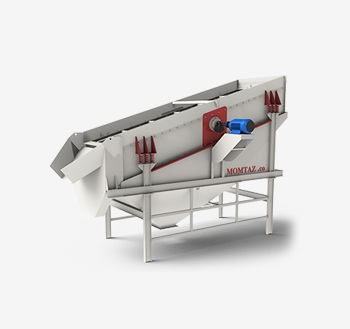
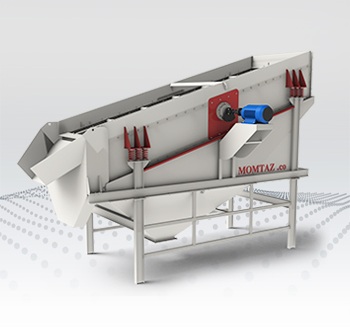

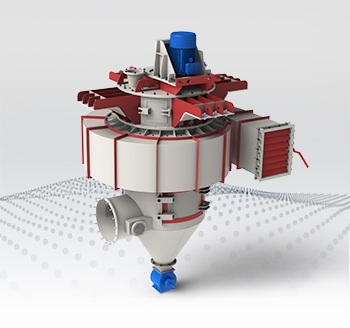
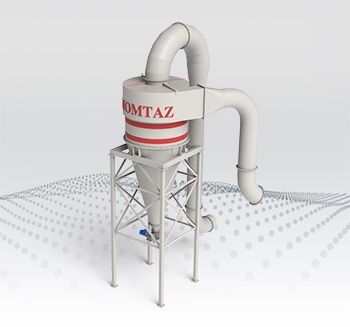
Reviews
There are no reviews yet.